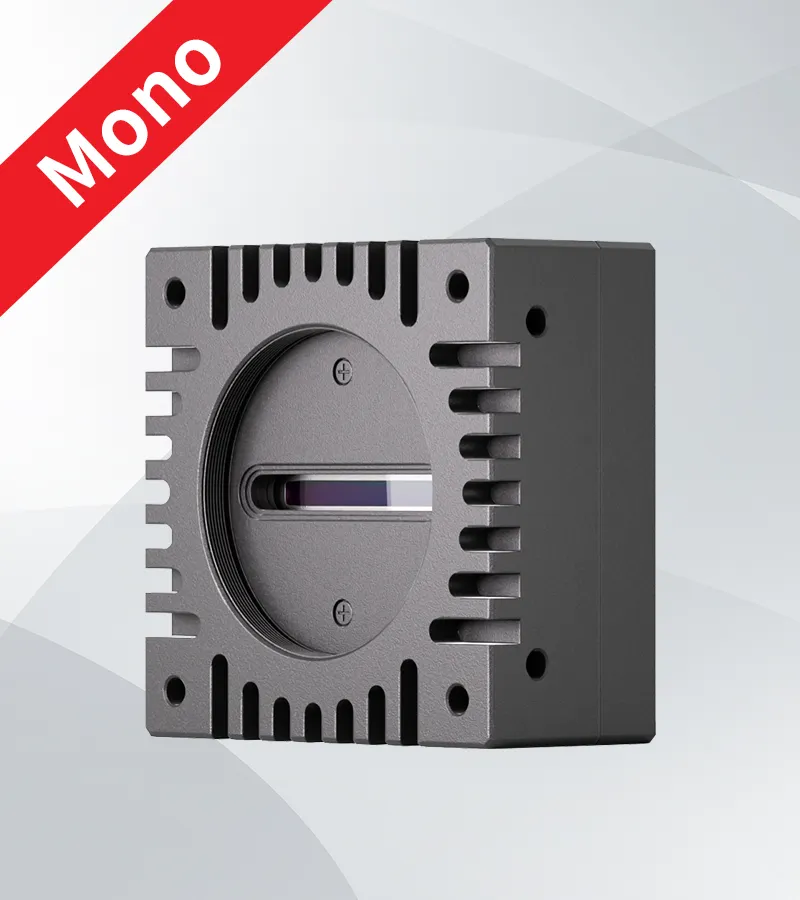High resolution industrial camera During the selection of a suitable high resolution industrial camera, various aspects need to be regarded so that it satisfies the respective requirements and demands of your application. Resolution is one of the most important parameters. Industrial cameras have resolutions ranging from 2 megapixels (MP) to well over 20 MP. In this case, a 10 MP camera or higher is recommended because as the definition grows images can capture every smallest detail and in certain applications such as semiconductor inspection or electronics that require high-resolution images to be easily analyzed these differences are important.
The other thing to consider is the size of sensor. Click for larger sensors (1-inch or bigger) as they capture more light which affords better IQ, particularly in low-light conditions. It can be crucial for e.g. medical imaging, which require high fidelity imaging even at difficult light conditions, or automated microscopy applications etc. These advanced applications require wider field-of-views without sacrificing image detail such as in the automated assembly process, so large sensor cameras benefit from this too.
Another important spec is frame rate. High frame rate means how fast a camera can record images which are useful to capture images that changing rapidly without blurring the image; and High resolution is the number of pixels, such as 3264 x 2448, that compose an image for moving objects. For instance, in robotics or manufacturing automation where objects whip down conveyor belts or up through assembly lines a camera that can keep up 60+ fps becomes essential to prevent detail loss. Real-time monitoring, which may require cameras of 120 fps or more for shooting high-speed processes.
And the connectivity options are also crucial for any camera that you choose. The USB 3.0, GigE and camera Link communications are typical interfaces for the industrial application. GigE (Gigabit Ethernet) is a common choice for use cases that need to transmit data quickly over long distances, since the system can transmit data up to 100 meters without needing repeaters. In comparison, USB 3.0 is better suited for applications that require high-speed data transfer at shorter lengths like machine vision used in factory lines.

Another spec that is critical to photography dynamic range. <> Essential imaging A minimum 12-bit per pixel high dynamic range camera ensures accurater measingmenre in bright and dark areas within the same image. It is particularly useful for automated inspection or surveillance, where lighting conditions may change. An HDR sensor camera is possible to change between two states of lighting: bright light and shadows, this means your images will be sharper and more detailed.
Camera lens Compatibility is also an important factor. High resolution cameras need high quality lenses to give full potential. Some typical examples are C-mount lenses and F-mount lenses that are very popular for use with industrial cameras due to their flexibility and availability. Selecting the right lens is very important to get the correct picture resolution since even with a high-resolution sensor, any cheap lens will degrade image quality.
Third, in many industrial settings cost efficiency plays a critical role. Some cameras have higher resolutions, which will cost you more upfront but save you money in the long run as they allow for quicker throughput as well as minimize downtime. Another study in 2022 found that companies investing in high-resolution cameras to control quality saw a 20% growth in terms of production efficiency, only after one year.
As the infamous Elon Musk has said, “production is messy,purity is the exactness in production and that starts with right tools. In other words, high-resolution cameras used in plant visibility for industrial applications where every bit of precision counts in order to ensure quality and productivity yield.
To see what other high resolution industrial camera choices are available, contact area-scan cameras manufacturer to find the most suitable camera for a specific industrial environment.
